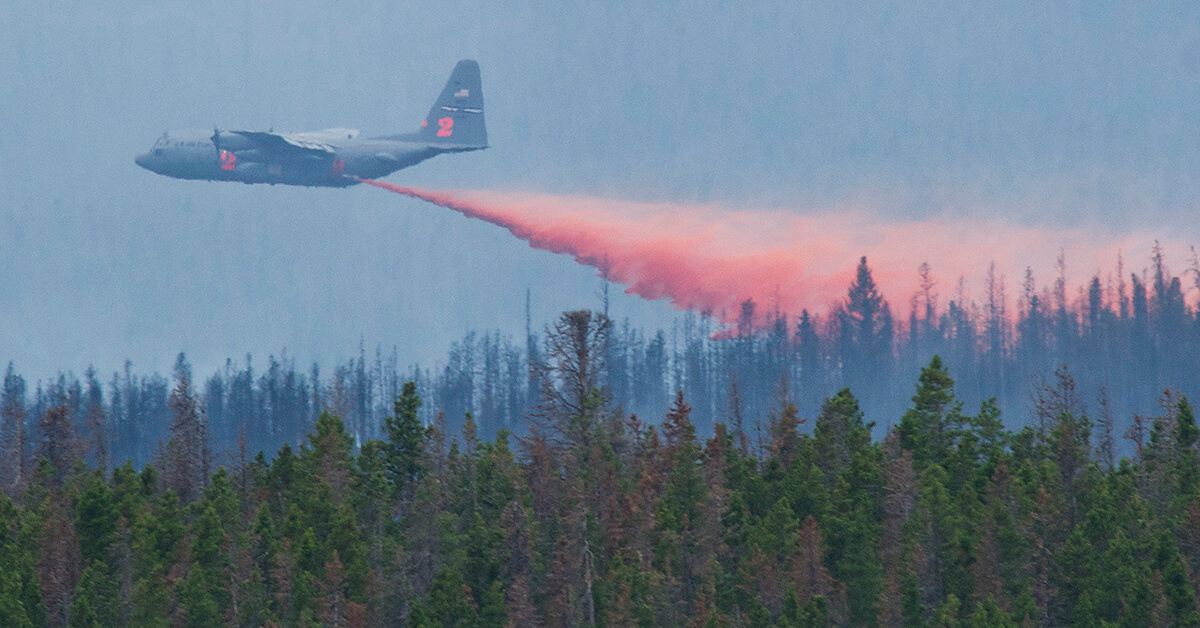
Sept. 18. 2020
With wildfires continuing to blaze on the West Coast, and their smoke blanketing much of the country, NBAA Air Traffic Services (NBAA ATS) has advice for business aircraft operators with plans to fly into the most severely affected areas.
NBAA ATS is co-located with the FAA at the Air Traffic System Command Center in Warrenton, VA and collaborates closely with the agency for all events that can disrupt the National Airspace System. ATS Specialist Dave Villegas some recommendations for flying in areas affected by wildfire smoke.
- Consider planning for an alternate airport well outside the affected area. Smoke is not unlike other forms of reduced visibility, but its effects can last longer and cover a wider area.
- Be prepared for last-minute TFRs to accommodate aerial firefighting operations. Firefighting teams move quickly, and ATC may need to divert operators or amend routings based on the needs of emergency responders or due to airspace restrictions. Don’t be surprised if some procedures into or out of adjacent airports are impacted by the TFR. Even smaller regional airports can be crowded with the smaller aircraft. For example, the airport in Medford, OR, was recently closed for several hours to allow for servicing smaller firefighting aircraft.
- Be prepared for arrival delays at busier airports. Though overall traffic is lower due to the pandemic, delays are possible at airports around the West Coast – from Seattle, WA to Los Angeles, CA and areas in between.
- Beware of reports of marginal VFR. Smoke reduces slant-range visibility, so even when weather is technically VFR, it can take longer for a pilot to visually locate the destination airport. Controllers may revert to separation standards closer to IFR, which can clog arrivals and departures.
- Check in with your destination FBO for a detailed overview of how fires have affected local infrastructure. The airport may be operational, but roads, hotels, restaurants – even the fuel supply at the FBO, itself – could be compromised by the fires. The FBO is your best “boots on the ground” source of information.
Villegas also cautioned to plan ahead, as next year’s fire season is forecast to be as bad or worse, and we can’t count on the “benefit” of this season’s lower traffic due to the Covid-19 pandemic.


 International Business Aviation Council Ltd.
International Business Aviation Council Ltd.